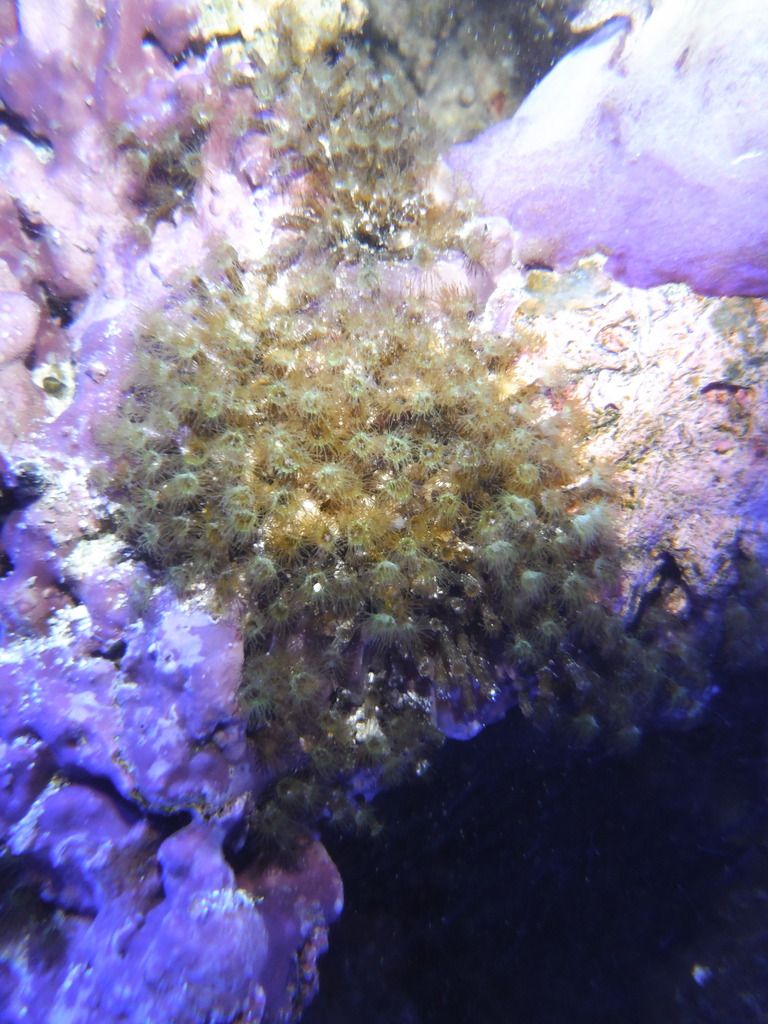Florida Sunshine
Member
I have these odd little polyp things that seem to be taking over my tank. Particularly in lower light areas.
Does anybody know what they are and how I can stop or at least slow them down? They don't look bad but don't look good either and when they were in small patches I just considered them a sign of life in the tank and left them alone.

Does anybody know what they are and how I can stop or at least slow them down? They don't look bad but don't look good either and when they were in small patches I just considered them a sign of life in the tank and left them alone.

